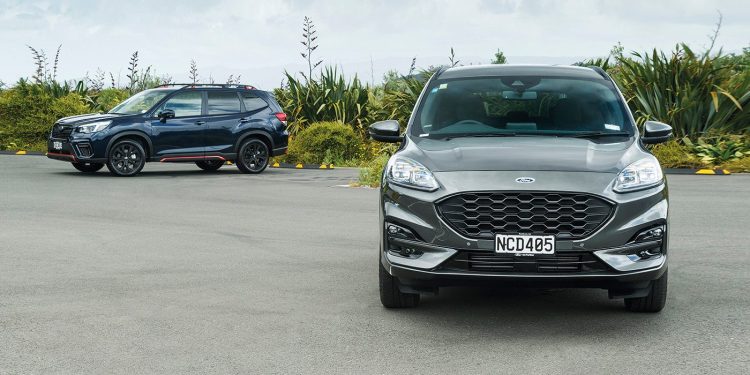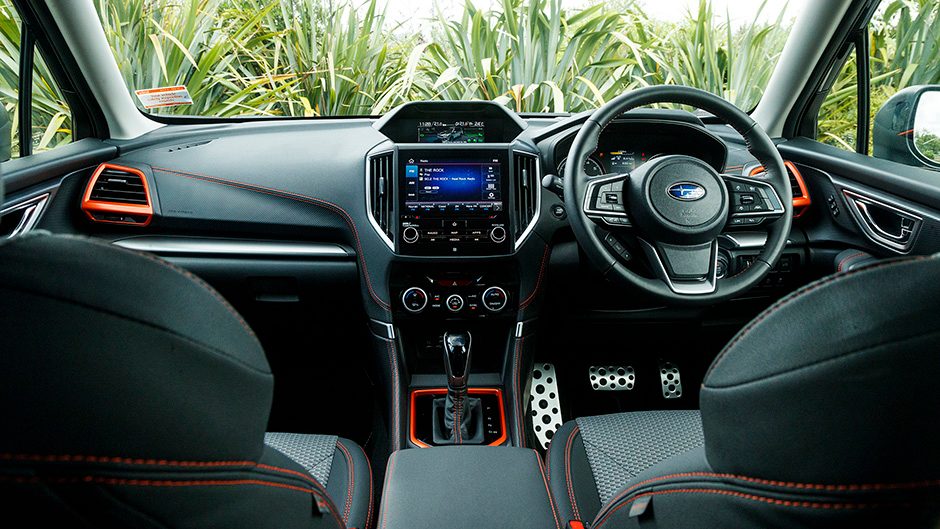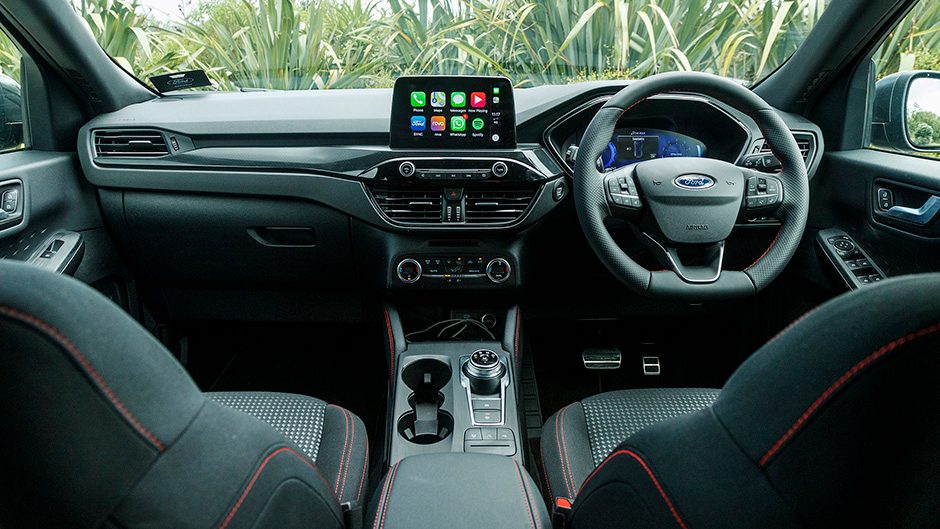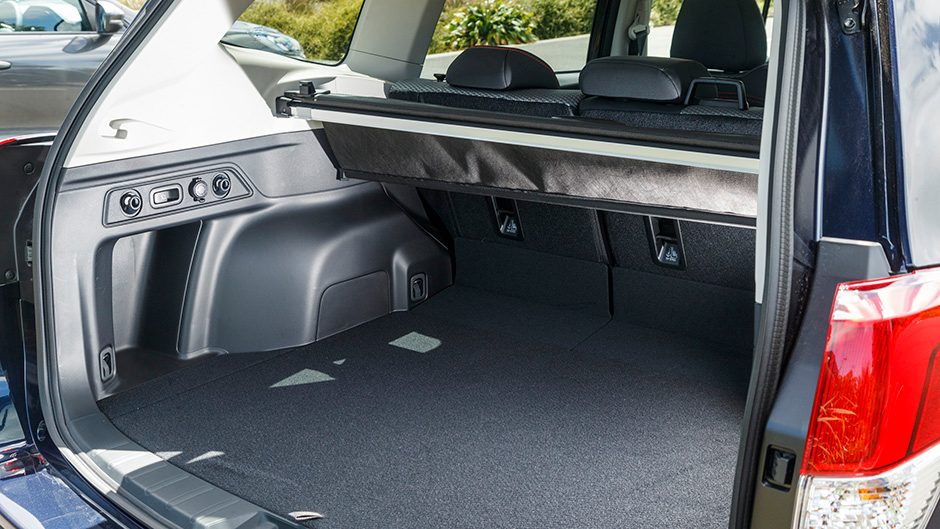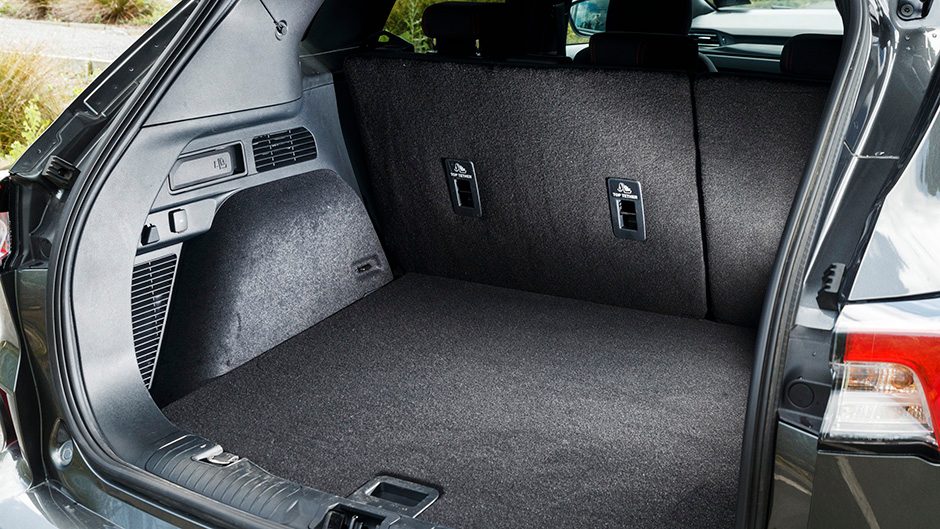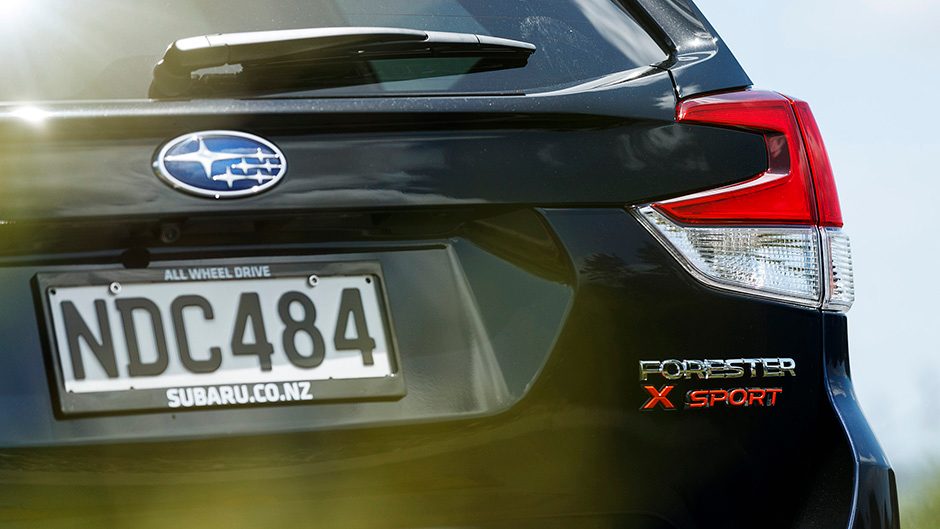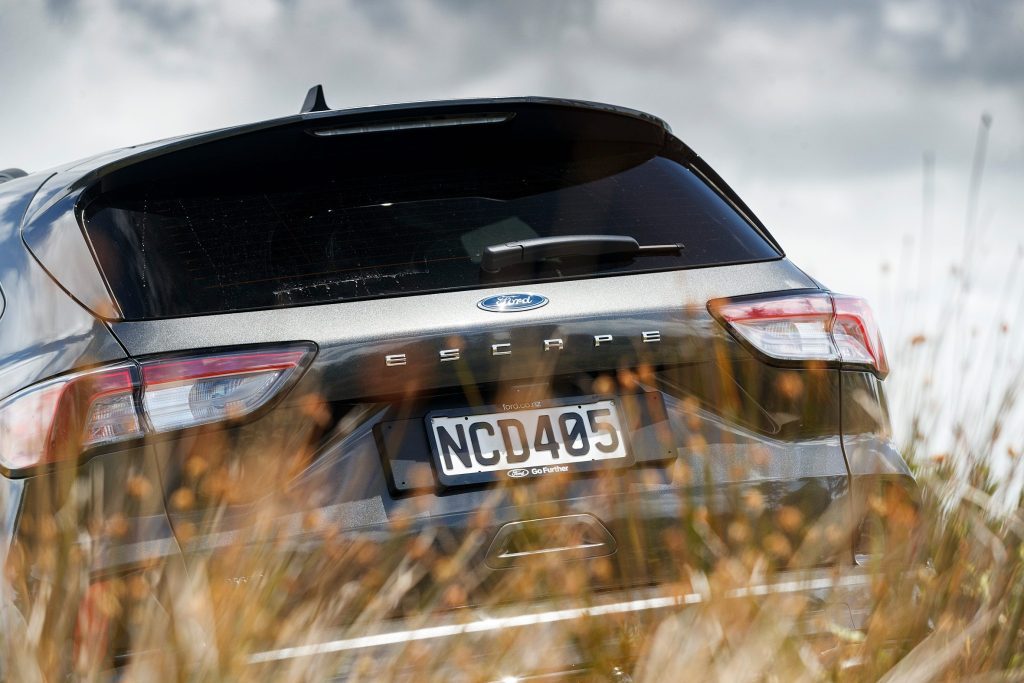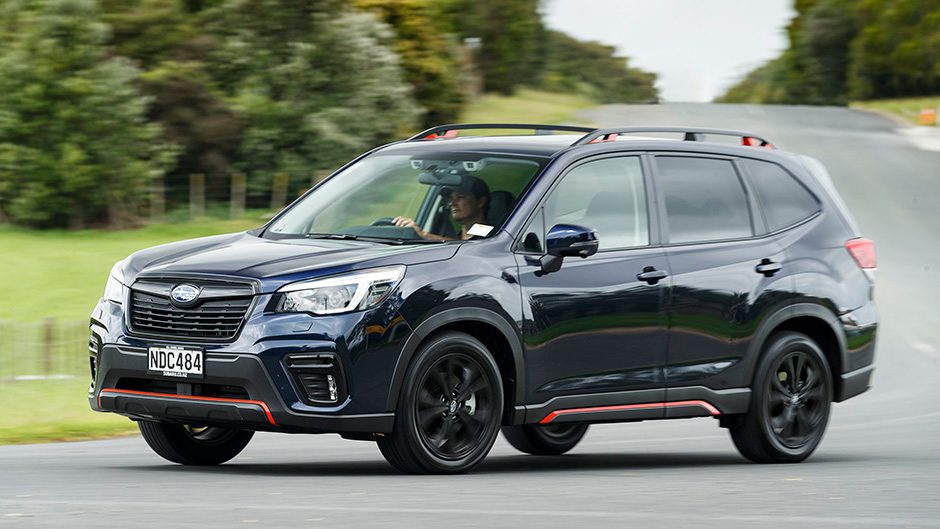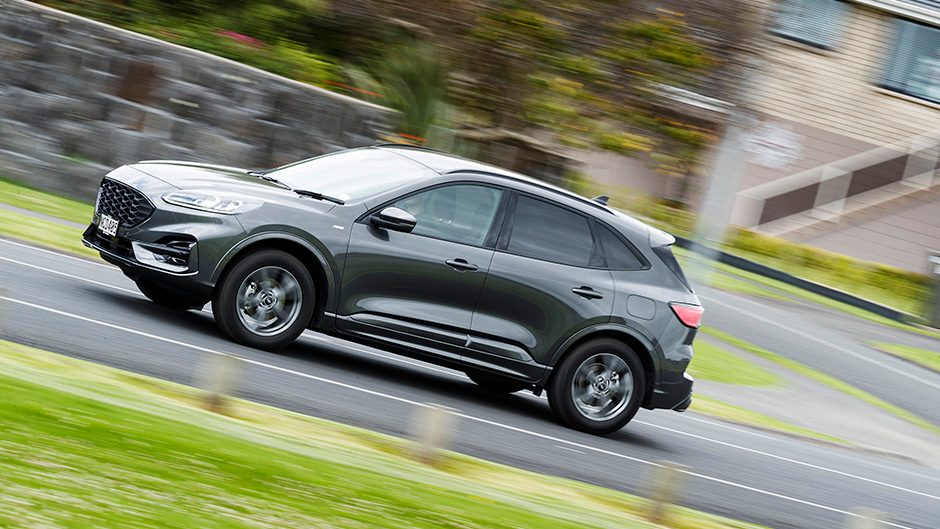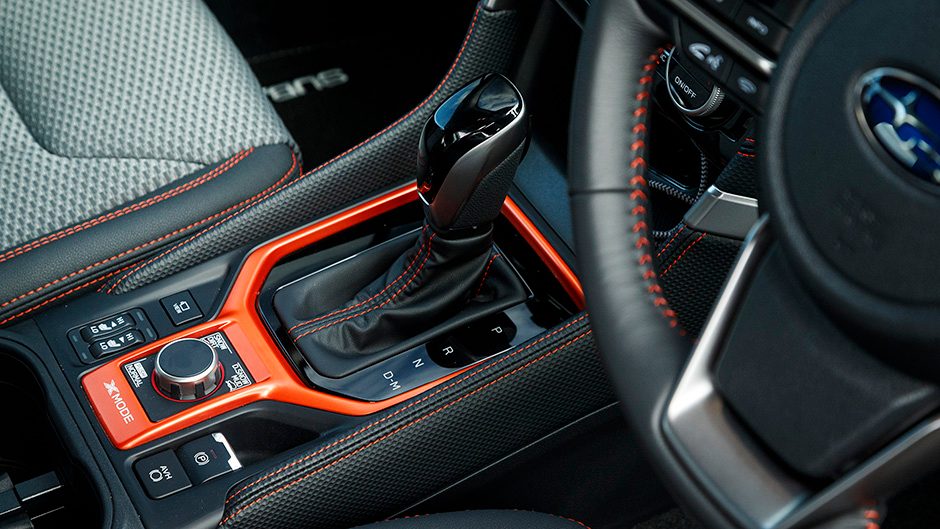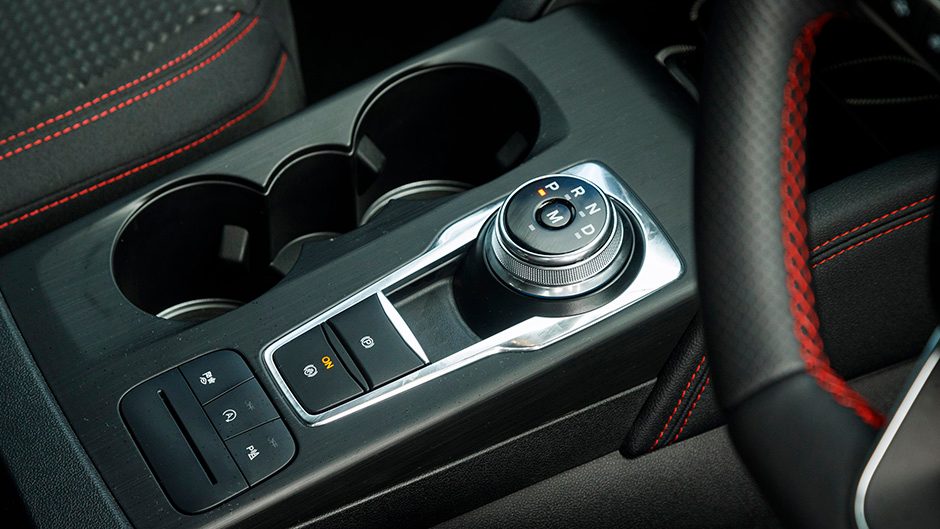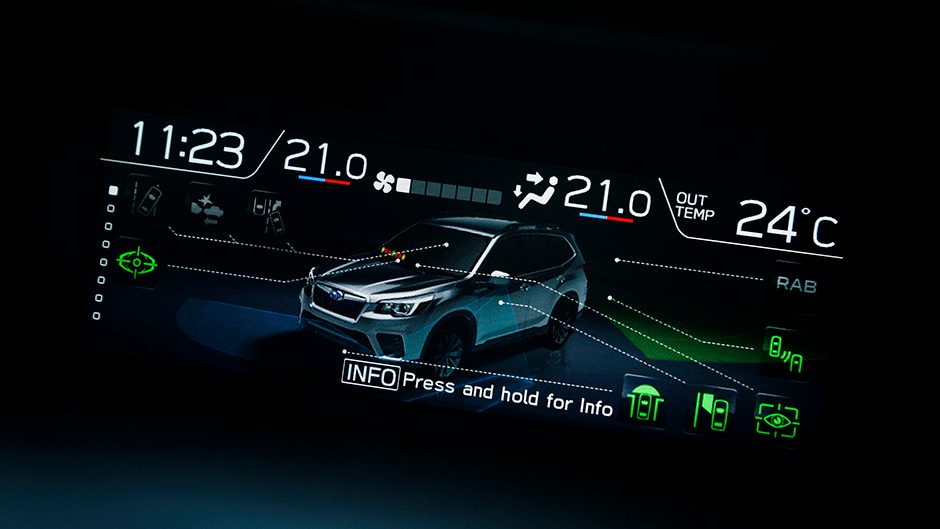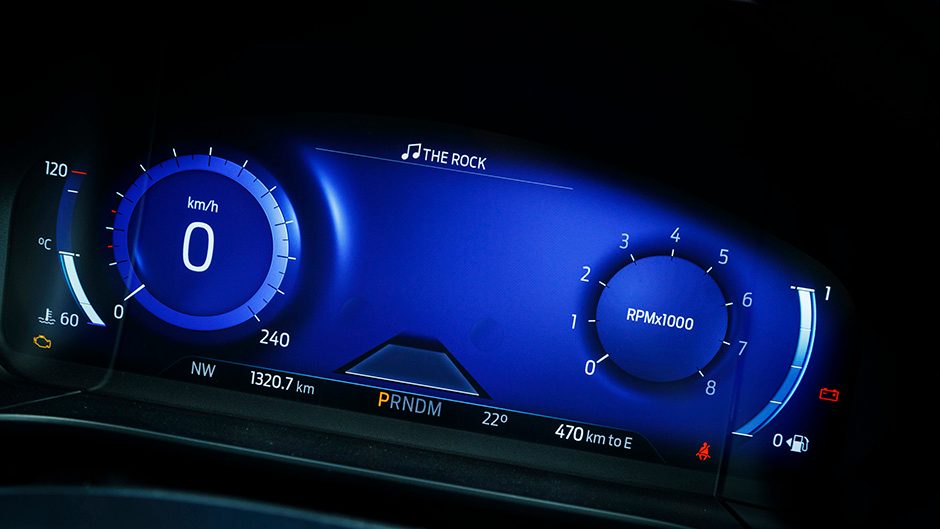2020 Ford Escape ST-Line AWD vs Subaru Forester X Sport comparison
Words Kyle Cassidy | Photos Tom Gasnier
Buy an SUV and enjoy an active lifestyle, or so says the marketing. But is it Subaru or Ford that does the better job of realising the hype?
Marketers like to target ‘active adventurers’ with their various SUVs. Some signal that intent in the naming of their vehicles. Like these two, Ford wants you to escape with its offering, while Subaru is after those wanting to go bush with its Forester. Or who like to plant lots of trees. But really, these middling utility vehicles are the modern family wagon, one that’s practical yet a little more versatile than the cars they’ve replaced. They spend more time on motorways than mountain tracks but what if you’re after something that can do both equally as well? Does Ford really make the best vehicle to escape in?
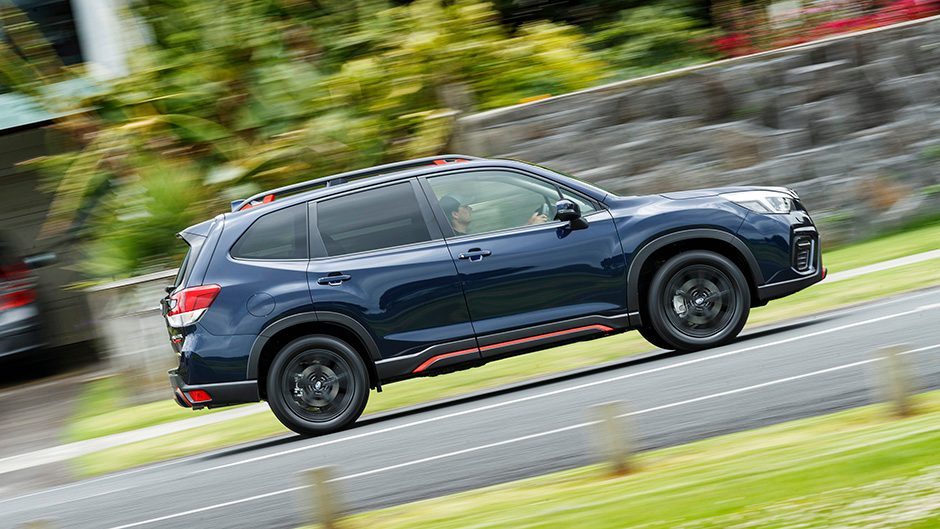
X gunna give it to ya
Subaru thinks not. Its Forester range is armed for adventure, and this new X Sport variant builds on the theme. It’s a special edition so a few aesthetic enhancements are deemed essential with its orange accents inside and out. We liked the visuals of the X Sport thanks to its lack of chrome, the bling blacked out, while the 18s are given the same darkened treatment. The X is based on the Sport model but with an improved spec level, featuring an eight-inch touchscreen with sat nav, and there’s a smart key, powered tailgate and electric seats too. Another interior feature is the water-repellent seat fabric, so the active adventurers need not change out of their wet suit for the drive home. The X Sport is $47,490, a five grand premium over the Sport.
Those looking to Escape have an all new model to consider. The range starts at $42,990 but as that’s a front driver, real adventures begin at $50,990 for the ST-Line AWD, featured. Its ST bits sees it trade the usual black plastic cladding of an SUV for a colour-coded body kit with larger spoilers and alloys. It also adds sports-tune suspension, which reduces the ground clearance from 191mm to 178mm.
The Ford will let you escape in a hurry though with its 2.0-litre packing a segment-bruising 183kW and, thanks to a turbocharger, there’s 387Nm of torque, on from 3100rpm. It’s all processed by a new eight-speed auto driving the front wheels predominantly, with the rears helping in a way to ensure there’s no unwanted tyre smoke or torque steer.
The Forester uses a 2.5-litre horizontally-opposed four with 136kW and torque of 239Nm at 4400rpm and drives through a CVT. Forester has a permanent AWD system, though the centre diff can vary the amount of torque front to rear to improve traction.
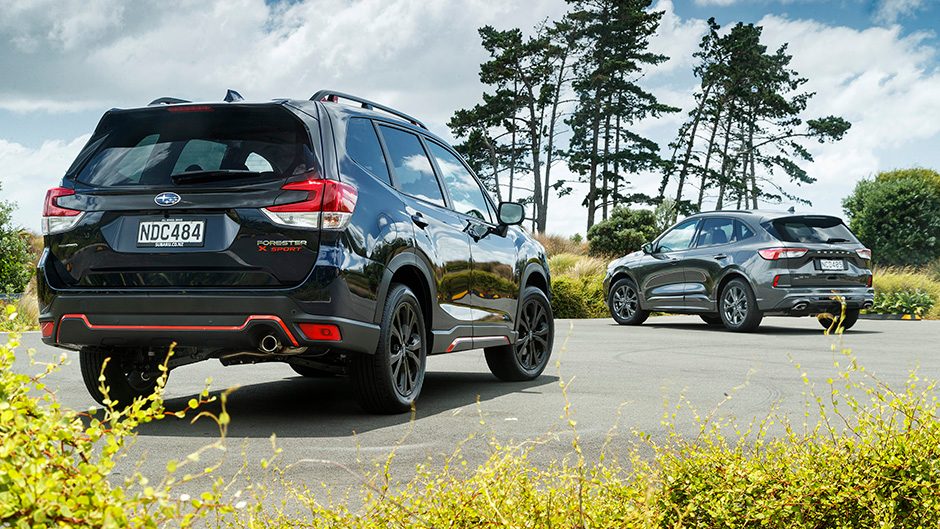
Sorting urban sorties
Both have the active safety whatsits on guard and the Escape’s minders are less beepy, its radar cruise a smoother operator while handling traffic flows and lanes better. The Forester X also gets Subaru’s driver monitoring system that will frequently remind you to ‘keep your eyes on the road’. But where else would we be looking?
The Escape’s sport-tuned suspension hits the potholes harder while the Forester is always plusher when the road is less than smooth. The Subaru’s steering assistance is more fluid while the Ford’s has a mild centring action that we can forgive as it’s lighter and with a quick rack, it whips between the stops faster. After a few weeks driving big utes and large SUVs, both have refreshingly manageable dimensions for city life, with easy turn arounds. They are quiet movers, the Escape in particular, the driveline muted, even when extended. The 2.5 Forester is refined thanks to its CVT, though the Escape’s auto is super smooth, every change well polished. Forester gets along okay on what’s on offer below 3000rpm, whereas the Escape hauls more easily with barely 1500rpm showing. The Subaru needs more throttle encouragement to find the torque, most of which lives up past 3000rpm. There’s little in the way of turbo lag from the Ford’s 2.0-litre, it gets into the meat of its pull quickly, and there’s more of it to feast on. Consumption on test, which included a mix of stop/start urban diving, motorway cruising and some adventuring saw the Forester settle on 9.4L/100km and the Escape on 10.2, its desire for gas when pushing on nudging its figures up. And it prefers a higher octane diet to the Subaru’s 91.
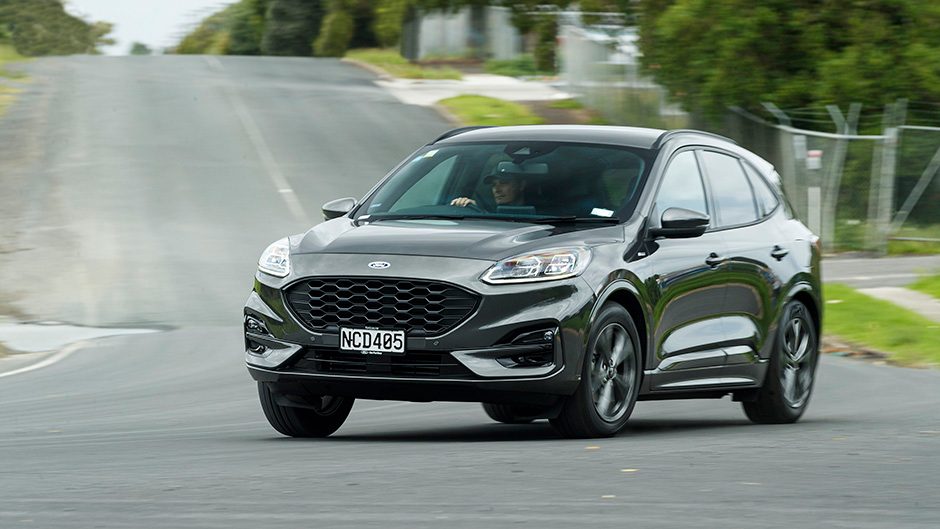
Looking for adventure?
The Escape’s tuned suspension lends it a sportier progress but it’s keener on the turn, with less roll in the bends. The Forester does lean more, but it glides over the rough bits better. When getting adventurous with your cornering, the Forester scrubs its tyres more, yet the ESP is less inclined to get involved. At times, the Escape’s electronic aids were more active. However, the Escape is the better on-road drive; it steers diligently into the bends, and along flowing roads drives in a refined yet connected way. It has a clear advantage in easy-going torque, the turbocharged 2.0-litre pushes Escape along effortlessly, the overtakes dusted more quickly. The auto is smooth yet quick and there are paddles if you really need to. The 2.5 boxer needs to punch away harder to get into its torque, and the Forester benefits from being in its S drive mode to poke things along. Both are quiet cruisers but the Forester’s engine is noisier when working.
Looking for adventure, a gravel road came our way, and that soothing ride quality of the Forester is particularly evident over harsher, greywacke trails. The Escape’s cabin was given more of a tickle up over the worst of the corrugations while the Forester’s permanent AWD gives it a more surefooted advantage on loose surfaces.
It also displayed its extra ground clearance along a short but gnarly rutted clay path, where it traversed the ground at a faster pace, the suspension taking the bash better, with less chance of the body work taking a licking. We needed to slow to a walking pace in the Escape, while picking a less arduous path to ensure the bumpers remained intact while the traction control was working to brake spinning wheels as it ran out of articulation. Clearly the Forester is the one for the active adventurer.
Accommodating of your lifestyle?
While this particular Forester has a dark outward appearance, inside it has an airy, brighter cabin than the Escape, making it feel more spacious. Its enlarged glasshouse lends a better outward view too. It also has an oversized sunroof if you need even more light. Some don’t appreciate the added glare, though they could probably do with the vitamin D to cheer their persona. The Ford cabin is a dark affair, black and grey dominating, but the trim and touch points are good. We preferred the Subaru’s seat with more padding in the right places, greater adjustment, with powered operation and heating elements too, both lacking in the Ford. And the X’s seat trim is funky, extending up onto the door. There’s more storage in the Subaru, and more of the spots are lined. The Escape has better tech on board. Its digital instruments have a few configurable aspects, there’s a charge pad for devices and the new Ford Connect system allows your digital self to be more at one with your ride.
We like the Forester’s wider angle reverse camera which is neatly complemented by another monitor to show where your left front wheel is tracking while a front view camera makes up for a lack of parking sensors that the Escape has.
There’s plenty of back seat space in the Forester and an easier entry via larger doors. While not quite as spacious, you’re hardly struggling for room in the Escape either. Its bench can slide forward to give you more boot space when needed, which then gives it an enlarged area to beat the capacity of the Forester. The Escape tailgate isn’t powered, yet we still managed to open it easily enough. Funny that. It has a smart cargo blind, being attached to the tailgate so they lift in unison, rather than always being in the way like the Forester’s. The Subaru’s boot is a little wider, and when activating the remote levers, the seats spring forward and lower, so it has the longer and flatter load space.
X or ST?
Your decision largely depends on your expectations of adventure. If it’s just an escape to the bach you’re after, the Ford will do. Its turbo’d engine is a honey, and it’s driveline refinement, on board tech and safety appeal. But you’ll see more of the countryside in the Forester, yet it works just as well in the city. It’s cheaper, roomier and well specified at the money. It’s still a top choice in the segment for those who need a wagon that goes further.
| Model | Ford Escape ST-Line AWD |
| Price | $50,990 |
| Engine | 1999cc, IL4, T/DI, 183kW/387Nm |
| Drivetrain | 8-speed auto, all-wheel drive |
| Fuel Use | 8.6L/100km |
| C02 Output | 199g/km |
| 0-100km/h | 6.65sec |
| Weight | 1655kg |
| Model | Subaru Forester X Sport |
| Price | $47,490 |
| Engine | 2498cc, flat 4, DI, 136kW/239Nm |
| Drivetrain | CVT, all-wheel drive |
| Fuel Use | 7.4L/100km |
| C02 Output | 168g/km |
| 0-100km/h | 9.10sec |
| Weight | 1643kg |


